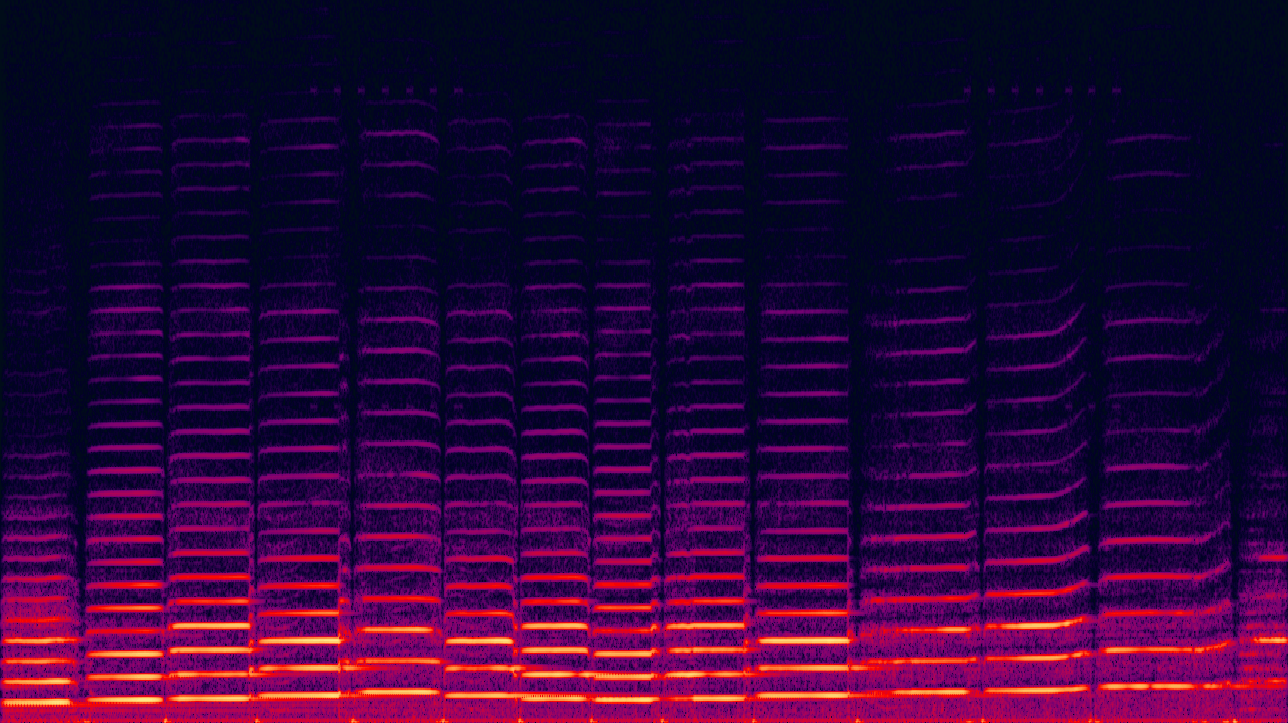Popular mobile app Shazam has been narrowing its loses in recent years according to financial results filed with the Companies House in the UK. Shazam's service that can identify music based on a short audio sample is typically used on smartphones by using the microphone on the device, though the software is also available for Windows and macOS computers.
Even though Shazam is a high profile app used by millions – up to 300 million annual active users according to the company's records across all platforms – it's been a difficult road to profitability for the company that used to rely on affiliate commissions when users bought music they discovered through the application but then bought on third party services like iTunes.
According to the filing, Shazam's revenues increased by 14% to £40.3m in 2016 after having decresed the year prior. Further, last September the company said it had become EBITDA profitable - earnings before interest, tax, depreciation and amortisation - after reducing its headcount from 251 in 2015 to 221 in 2016.
Shazam was valued at $1 billion in 2015 after receiving a $30 million investment from Buran Venture Capital and Kleiner Perkins Caufield & Byers. This was the company's 12th funding round with about $143.5 million invested in total.
However, the real struggle with Shazam's business model is the shift that's been taking place from buying digital music (and thus the potential to generate referral revenue on each transaction) to subscribing to services such as Spotify.
During this shift, Shazam has created a few new ways to monetize, like showing ads on the app, offering a paid ad-free version, offering analytics to marketers, and by using the same audio and also image recognition technology to "Shazam" TV and print ads. Ad revenue, the company says, now represents the majority of their revenue.
